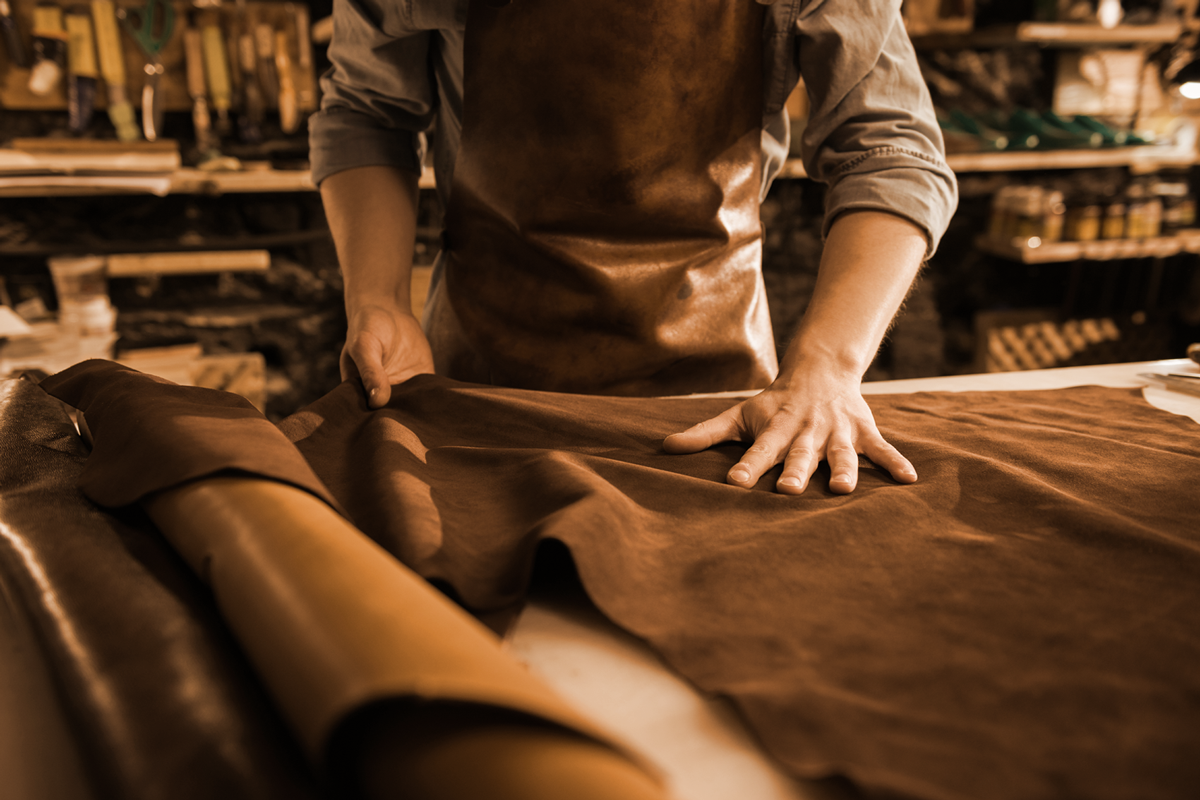Introduction
Natural leather dyes offer a unique and sustainable way to color your leather projects. Derived from natural sources, these dyes provide rich, vibrant hues and a more eco-friendly alternative to synthetic dyes. In this blog post, we’ll explore the world of natural leather color dyes, their benefits, and how to use them effectively.
Benefits of Natural Leather Dyes
- Eco-friendliness: Natural dyes are derived from plants, minerals, or insects, making them a more sustainable choice.
- Unique Colors: Natural dyes often produce unique and unpredictable color variations, adding character to your leather projects.
- Durability: Many natural dyes are known for their durability and resistance to fading.
- Historical Significance: Natural dyes have been used for centuries, offering a connection to traditional craft techniques.
Types of Natural Leather Dyes
- Vegetable Dyes: Derived from plants, these dyes offer a wide range of colors and are often used for lighter shades.
- Mineral Dyes: Made from minerals, these dyes typically produce darker, more intense colors.
- Metal Dyes: Derived from metals, these dyes can create metallic finishes or iridescent effects.
Using Natural Leather Dyes
- Prepare the Leather: Ensure the leather is clean, dry, and free from any finishes or coatings.
- Choose Your Dye: Select the desired natural dye based on the desired color and its properties.
- Mix the Dye: Follow the manufacturer’s instructions for mixing the dye with water or a mordant (a substance used to fix the dye to the leather).
- Application: Apply the dye to the leather using a brush, sponge, or immersion technique.
- Drying: Allow the leather to dry completely before applying additional coats or finishes.
Tips for Using Natural Leather Dyes
- Experimentation: Natural dyes can produce unpredictable results, so be prepared to experiment and adjust your techniques.
- Mordants: Using a mordant can help to improve the colorfastness and durability of the dye.
- Light Exposure: Avoid exposing dyed leather to direct sunlight for prolonged periods, as this can cause fading.
- Storage: Store dyed leather in a cool, dry place to prevent color degradation.
Conclusion
Natural leather dyes offer a unique and rewarding way to color your leather projects. By understanding the different types of dyes, their properties, and application techniques, you can create beautiful and durable leather pieces with a natural and sustainable aesthetic.

Hi, this is a comment.
To get started with moderating, editing, and deleting comments, please visit the Comments screen in the dashboard.
Commenter avatars come from Gravatar.